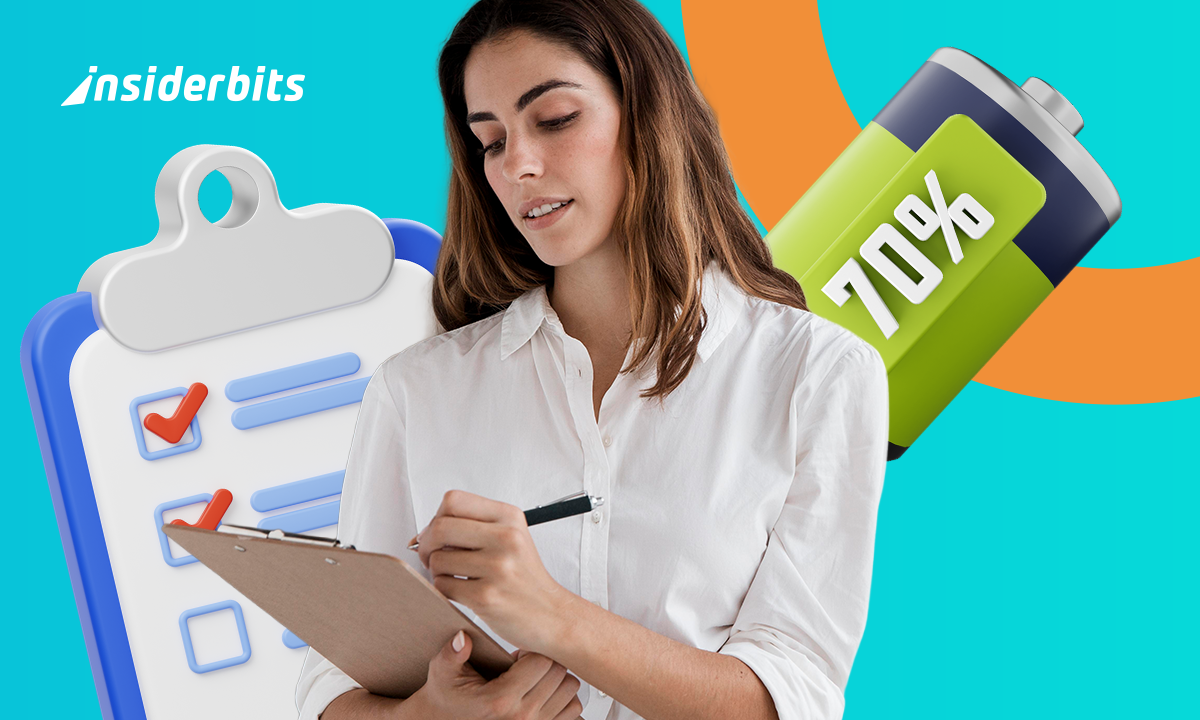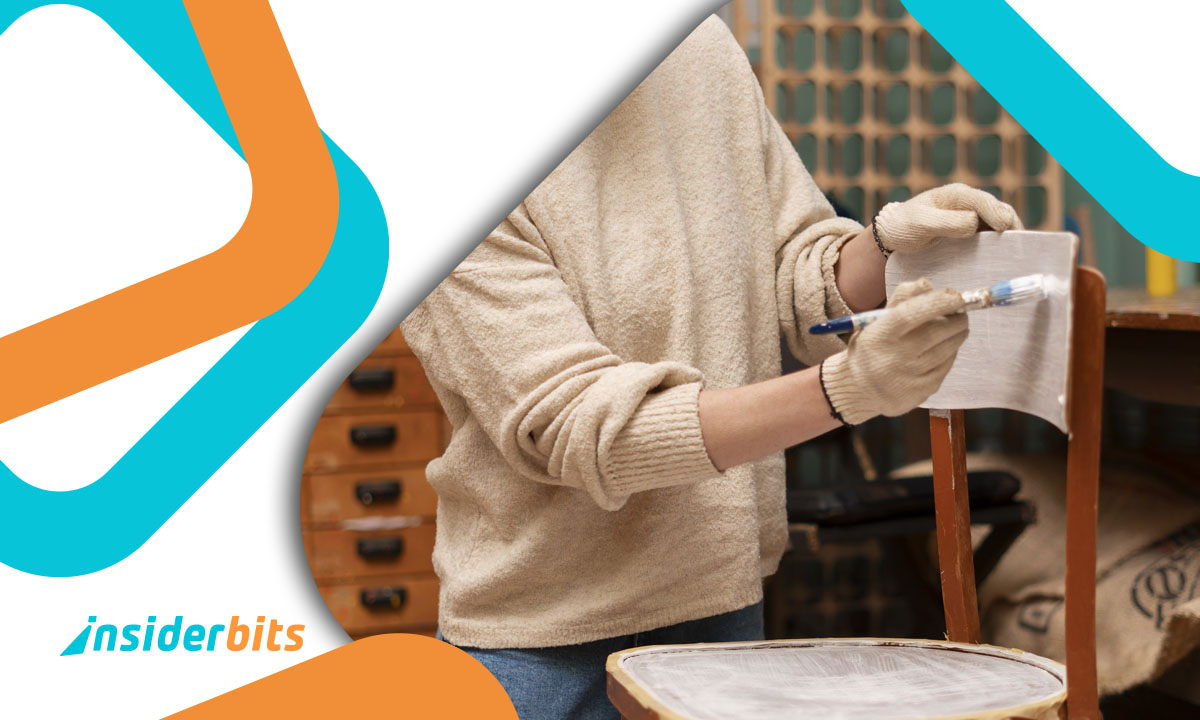Planning your day around a fixed schedule can feel efficient, but it rarely matches how your energy actually flows from morning to night. With new smart tools emerging, many people are discovering how aligning their tasks to natural peaks of alertness can completely shift their productivity.
Instead of fighting against fatigue or wasting high-energy moments on low-priority work, energy-based planning helps distribute your routine where it fits best. In this article, you’ll explore how to plan your day with this concept, how specific apps interpret your energy patterns, and what to expect when redesigning your daily structure through smarter habits and technology.
- Entdecken Sie die besten Apps für die Essensplanung
- Erhöhte Veranstaltungserlebnisse: Die besten Apps für die Veranstaltungsplanung 2025
- Solo Trip Planning Apps
How Apps That Plan Your Day Based on Your Energy Levels Work
Energy-based planning apps are designed to observe and adapt to your natural cognitive rhythm, identifying when you are most alert and when your body starts to slow down.
Instead of offering static to-do lists, the apps provide dynamic scheduling options that prioritize focus-heavy tasks during peak performance hours while suggesting lighter duties or breaks during dips in energy.
This approach allows for a more realistic and sustainable pace throughout the day.
Some apps to plan your day integrate data from wearable devices or your phone’s sensors to refine their recommendations over time.
Meanwhile, others rely on short daily check-ins, where you manually report how you feel to help the system adapt.
What makes these tools effective is their continuous learning. As they gather more data, they learn your unique patterns, and shift your plan accordingly.
Why Energy-Based Planning Improves Productivity
While traditional planners divide tasks by the clock, energy-based systems recognize that not every hour offers the same mental clarity or stamina.
Aligning your tasks with how you actually feel at different times of the day leads to smarter output and fewer burnouts.
When you’re working during peak energy windows, focus feels more natural, and problem-solving becomes less effortful.
This targeted use of attention improves the quality of what you produce without increasing the time you spend on it.
At the same time, the method helps protect low-energy hours from being wasted on demanding tasks.
Over time, this alignment fosters more sustainable routines.
Finally, productivity becomes less about how much you squeeze in, and more about how well your effort matches your body’s natural rhythm.
Best Apps to Track Focus and Fatigue
Several digital tools now offer smart ways to monitor attention patterns and daily dips in energy.
Usually, they rely on behavioral signals, sleep data, and calendar habits to deliver insights you can act on without needing complex input.
Für den Anfang, Rise is designed for users who want to manage fatigue through sleep science. It calculates your energy curve using past sleep debt and circadian rhythm trends, highlighting the best hours for deep work or rest.
Another app to plan your day is Lifestack (iOS/Android). This one takes a holistic approach by pairing scheduling with internal cycles.
Its layout visually maps activities alongside energy zones, which helps users place tasks in alignment with how alert or sluggish they tend to feel.
4.6/5
Lastly, the web platform Reclaim.ai stands out for its calendar integration. It automatically moves tasks around your schedule based on energy projections, meetings, and goals, minimizing decision fatigue and mental clutter.
These apps help make your day feel more natural and fluid. Instead of fighting against your energy, they teach you to move with it.
Personalize Your Routine with AI-Driven Tools
AI-based apps learn from your daily rhythm and suggest smarter routines that adapt to your life as it changes.
These tools to plan your day track your patterns and productivity cycles to offer suggestions that align with your natural energy flow.
Over time, the algorithm adjusts to small shifts in behavior, helping reduce friction in your day.
Some systems go further, using predictive modeling to optimize your workload across multiple days. They recommend breaks and space out intensive work with remarkable accuracy.
This level of customization gives users more than convenience. It empowers you to work with clarity, even during busy or unpredictable periods.
Planning Smarter, Not Harder: Energy vs. Time
Traditional planners often treat time as a constant resource, assuming each hour offers the same level of output.
However, real-life productivity rarely follows such a rigid equation, especially for those with fluctuating energy levels.
Energy-based scheduling shifts the focus from how long a task takes to when you’re most capable of doing it well. A 30-minute report may feel effortless at 10 a.m. but become exhausting after lunch or near evening.
This method also prevents burnout by spacing high-demand tasks apart and assigning simpler duties when attention drops.
When your schedule aligns with your energy, you finish more with less resistance. It’s not about squeezing every hour; it’s about using the right ones with purpose.
Apps That Plan Your Day Based on Your Energy Levels – Conclusion
Designing your day around how you feel can redefine how productive and balanced life becomes.
Apps that plan your day based on your energy levels introduce a personalized rhythm that aligns with how your mind and body truly function.
From AI-powered scheduling assistants to sleep-based focus trackers, these tools let you match tasks to your real-time state, reducing frustration and maximizing output with intention.
If you often feel like you’re working against your brain instead of with it, shifting to energy-based planning may be the change that brings clarity and better results to each day.
Verwandt: Learn Spanish Quickly With Interactive Games
Hat Ihnen dieser Artikel gefallen? Speichern Sie den Insiderbits-Blog unter Ihren Favoriten, um sich über die neuesten Tools, kreative technische Tipps und bahnbrechende Entwicklungen in der Fotobearbeitung zu informieren.





